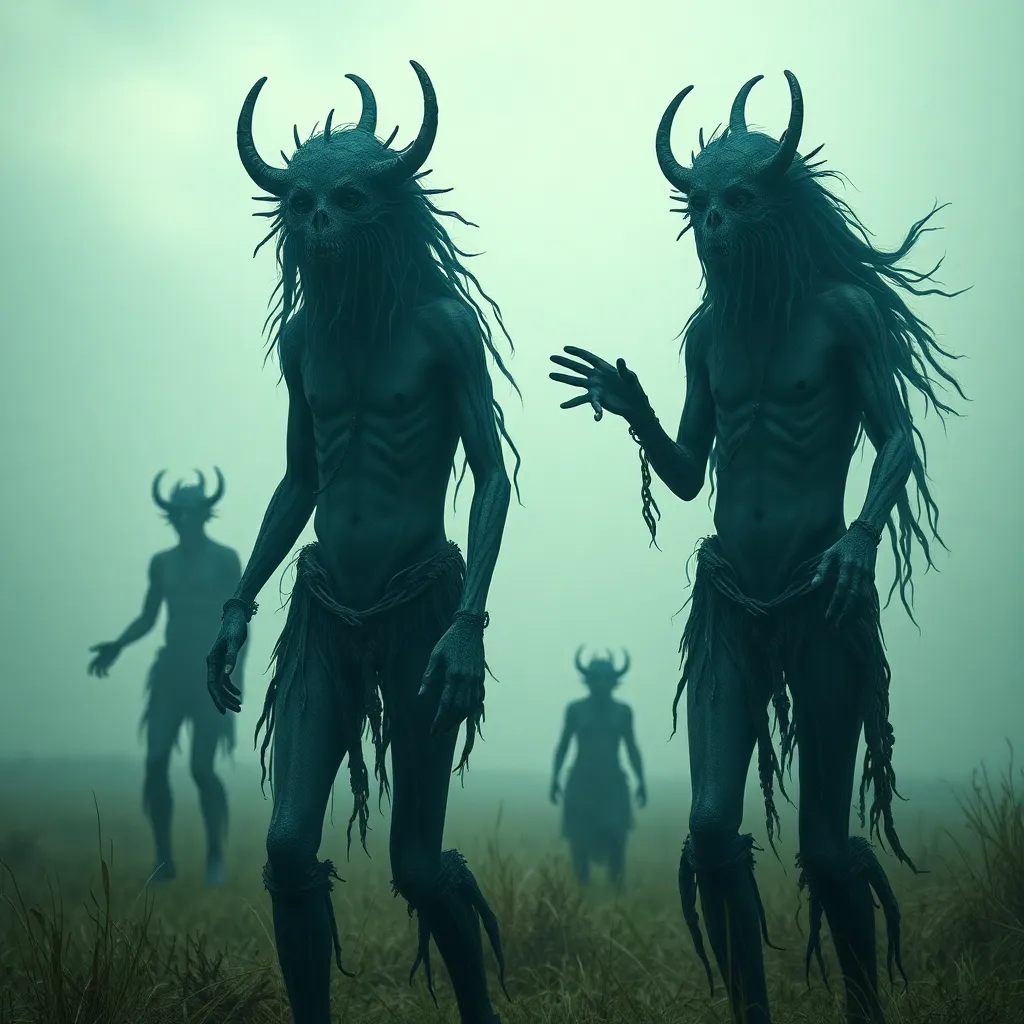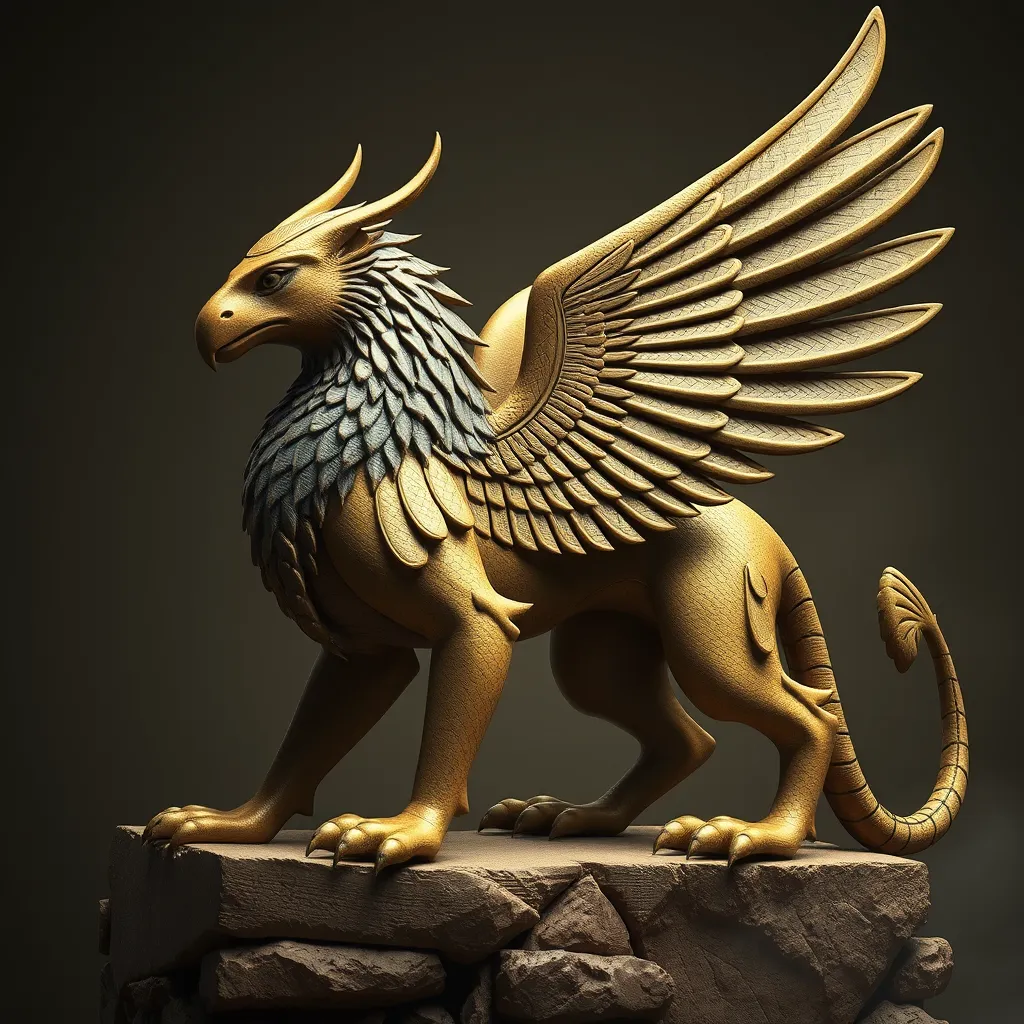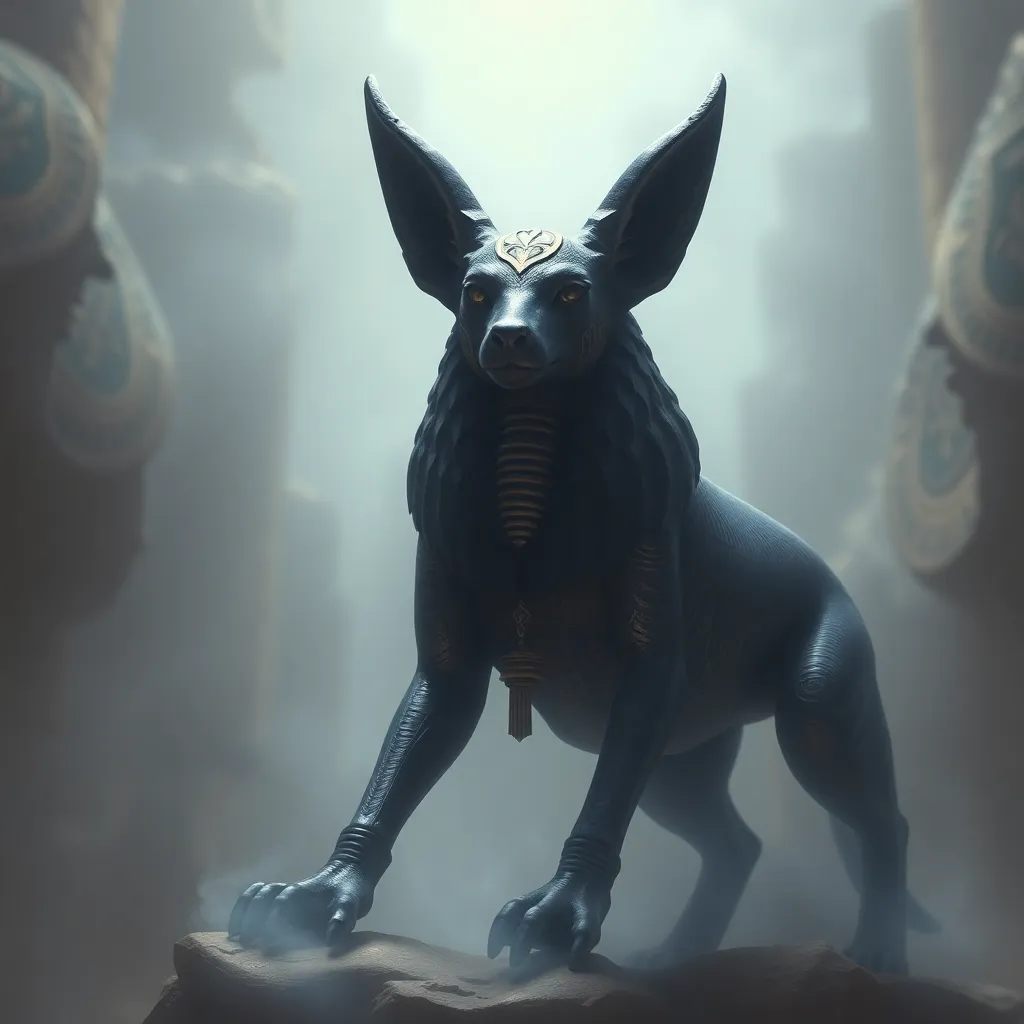Skinwalkers in Modern Culture: The Impact of Shapeshifting Myths on Society
I. Introduction
Skinwalkers, known as ‘yee naaldlooshii’ in Navajo culture, are mythical beings that are said to have the ability to shapeshift into animals. These legends are deeply rooted in Navajo folklore, representing a complex interplay of cultural beliefs, spirituality, and morality. The concept of shapeshifting myths extends beyond Navajo culture, appearing in various forms across many societies, often embodying themes of transformation, fear, and the unknown.
This article aims to explore modern cultural perceptions and the impact of skinwalker myths on society, examining their historical origins, contemporary representations, psychological implications, and the challenges of cultural appropriation.
II. Historical Context of Skinwalker Legends
The origins of skinwalker myths can be traced back to ancient Native American traditions, particularly among the Navajo people. These legends often depict skinwalkers as witches who have gained supernatural powers through malevolent means. The narratives surrounding skinwalkers are rich and varied, with many stories illustrating their ability to transform into various animals, such as wolves, coyotes, or birds.
Key characteristics of skinwalkers include:
- The ability to shapeshift into different animals.
- A connection to dark magic or witchcraft.
- Their role as figures of fear and caution within Navajo communities.
In traditional Navajo society, skinwalkers serve a significant cultural role, often embodying the dangers of straying from social norms and the consequences of immoral behavior. They are used in storytelling to teach lessons and instill respect for cultural values.
III. Skinwalkers in Contemporary Media
In recent years, skinwalkers have gained prominence in literature, film, and television. They are often portrayed as terrifying entities lurking in the shadows, reinforcing the fear associated with these myths. Popular media representations include horror films, supernatural thrillers, and even internet folklore.
However, the accuracy of these portrayals is frequently called into question. Many contemporary depictions simplify or sensationalize the complexities of Navajo culture and the significance of skinwalker legends. This not only misrepresents the original stories but also perpetuates stereotypes about Native American cultures.
The influence of these portrayals on public perception is profound, as they can shape societal understanding of indigenous myths and contribute to the broader narrative surrounding Native American identities. Misconceptions fostered by media can lead to a lack of respect for the cultural significance of these stories.
IV. Psychological and Sociological Implications
The fear and superstition surrounding skinwalker myths can have significant psychological impacts on communities that believe in them. These tales often invoke a deep sense of dread and caution, influencing individuals’ behaviors and perceptions of safety.
Folklore, including skinwalker legends, plays a crucial role in shaping societal norms and behaviors. They can serve as cautionary tales that reinforce cultural values, promoting a sense of identity and community among believers. However, they can also lead to social stigmatization and isolation of individuals accused of witchcraft or malevolent actions.
Moreover, the psychological effects on communities can manifest in various ways:
- Increased anxiety and fear, particularly in rural areas.
- Strengthened community bonds through shared beliefs and stories.
- Potential for conflict or division due to differing beliefs about the existence of skinwalkers.
V. Skinwalkers and Cultural Appropriation
The appropriation of skinwalker legends by non-Native cultures raises important discussions about respect and sensitivity. Many non-Native creators have adopted these stories without understanding their cultural significance, often reducing them to mere entertainment or horror tropes.
The consequences of misrepresentation and commercialization can be severe. Such portrayals can strip the narratives of their cultural context, leading to a loss of meaning and respect for the traditions they originate from. This commodification can also perpetuate harmful stereotypes and misunderstandings about Native American cultures.
Perspectives from Native communities emphasize the importance of cultural sensitivity:
- Recognition of the deep spiritual significance of these myths.
- Calls for respectful representation and collaboration with indigenous creators.
- Advocacy for the preservation of cultural heritage amidst growing commercialization.
VI. Skinwalkers in the Age of the Internet
The advent of social media and online forums has transformed the way skinwalker stories are shared and spread. Platforms like Reddit and TikTok have become breeding grounds for urban legends, allowing individuals to share personal encounters and folklore in real-time.
This phenomenon has led to an evolution of urban legends in digital spaces, where stories can be rapidly disseminated and adapted. The internet has provided a platform for both believers and skeptics, fostering discussions that influence how skinwalker myths are perceived and understood.
Technology shapes the understanding and belief in skinwalkers by:
- Facilitating the rapid spread of stories and folklore.
- Providing a space for community building among believers.
- Encouraging skepticism and critical thinking through exposure to diverse viewpoints.
VII. The Future of Skinwalker Myths in Society
As modern society continues to engage with skinwalker myths, predictions suggest that these stories will adapt and evolve in response to cultural changes. The rise of digital media may lead to new interpretations and representations that blend traditional narratives with contemporary themes.
The potential for skinwalker stories to evolve is significant, as they may be reimagined in ways that honor their origins while appealing to new audiences. Additionally, there is an increasing awareness of the importance of preserving cultural heritage amidst the pressures of modernization.
Future engagement with these myths can take several forms:
- Collaborative storytelling that involves Native voices and perspectives.
- Inclusion of skinwalker narratives in educational curricula to foster understanding.
- Continued discussions about cultural appropriation and respect for indigenous traditions.
VIII. Conclusion
In conclusion, the enduring significance of skinwalker myths in modern culture highlights the complex interplay between folklore, identity, and societal values. These myths continue to provoke fascination and fear, serving as reminders of the rich cultural heritage from which they originate.
Balancing cultural respect and fascination is crucial in ensuring that these stories are not merely consumed as entertainment but appreciated for their deeper meanings. As we move forward, a call to action emerges for further exploration and understanding of indigenous myths, fostering a greater appreciation for the narratives that shape our cultural landscape.



